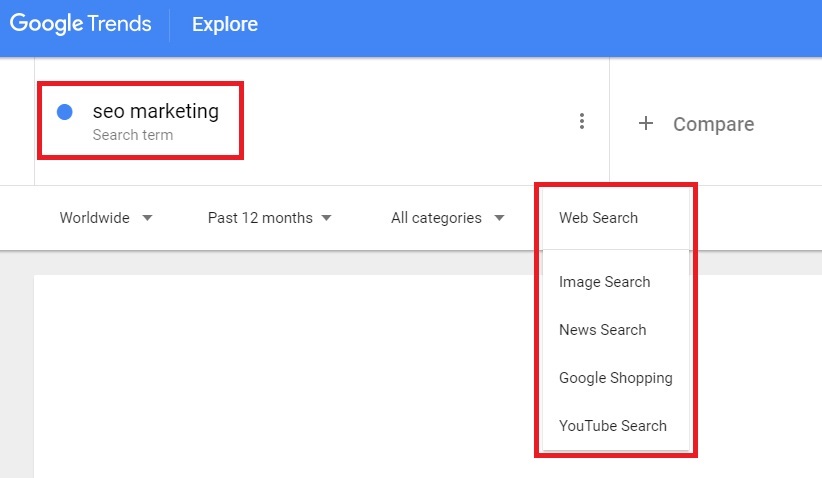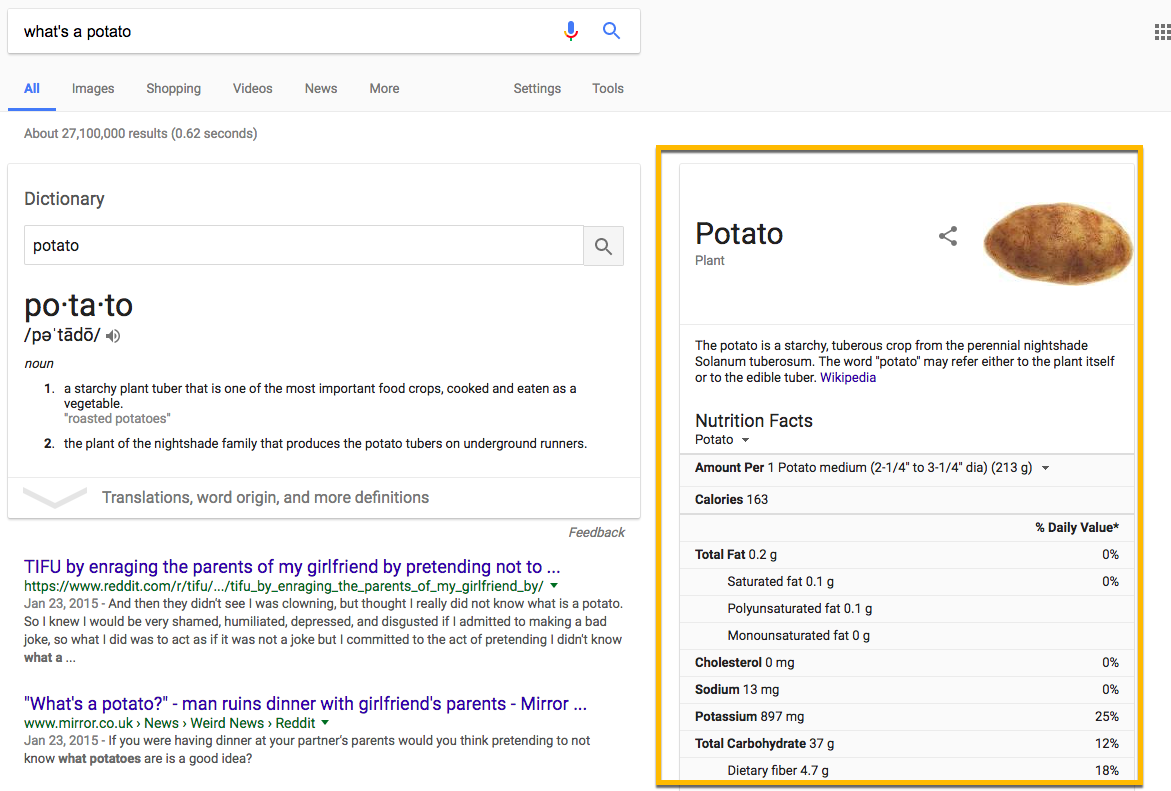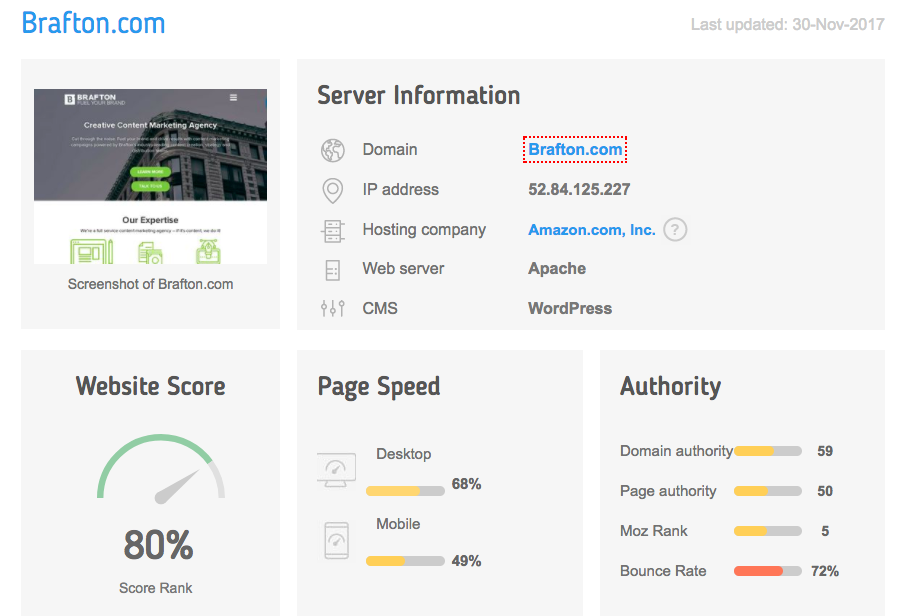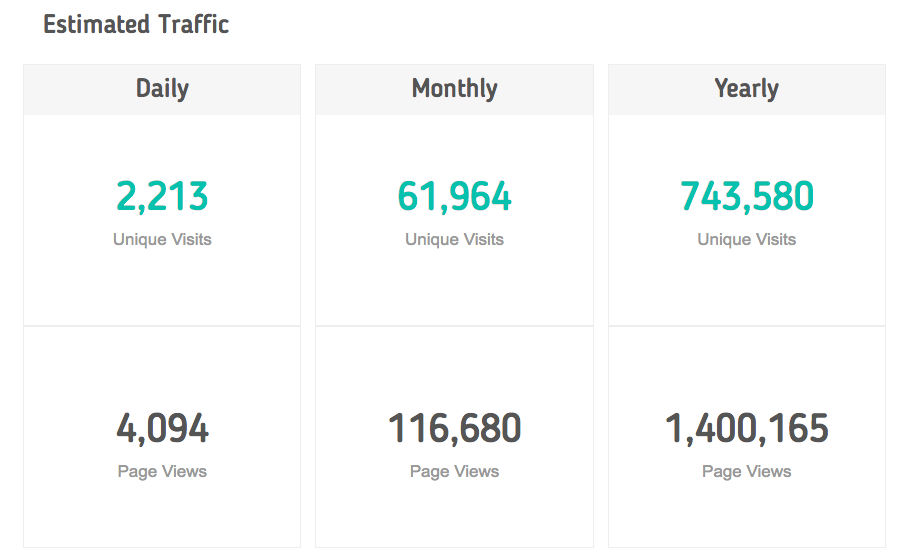The Content Marketing Weekly is the go-to resource for marketers around the world. This week’s edition features several updates from Google that should change how marketers approach their paid ad targeting, keyword trend research, PDF postings and Featured Snippet goals.
Google Rolls out AdWords Promotion Extensions, Custom Intent Audiences & Ad Variations for Testing
This month, Google revamped its AdWords platform to be more efficient for ad managers and more native to search results displays. The changes were a year in the making, and one of the biggest visual differences is the addition of promotion extensions within text ads.
This article from Search Engine Land has a quick write-up on the updates.
Rather than having to create a unique ad for new offers or product discounts, companies can utilize the promotion extension, which allows advertisers to customize existing text ads with subsequent updates that may be temporary, such as short-run promotion codes or weekly rebates. Here’s an example:

AdWords is also listing auto-generated custom intent audiences based on target user data and machine learning within marketers’ campaigns. Audiences are segmented into lists, enabling advertisers to serve ads with greater confidence they’re reaching true prospects.
Lastly, the AdWords interface will include an Ads Variations function that can test thousands of iterations of an ad with just a few clicks, then tailor the text to specific campaigns and audiences.
Google Trends Now Shows Data for YouTube Search, Google Shopping, News Search & Image Search
To keep your finger atop what’s hot in your industry, there are few resources more valuable than actual search queries: These are direct phrases from users, and they provide unique insight into their minds, intent and behaviors.
Search Engine Land outlined how Google has made it all the more easy for marketers to mine search data by making its Google Trends feature more comprehensive.
Google Trends takes a look under the hoods of search engines and allows marketers to see when, where and what internet users are searching for. But this data used to be exclusive to Google search. No longer.
Now, queries typed into YouTube (owned by Google), Google Shopping, Google News and Google Image search bars all factor into Google Trends reports.

The data is available in real time and goes beyond hot topics of the moment. It also shows the mediums through which users are searching. For instance, a traditional Google search on a desktop has a certain connotation of user intent, whereas the same query in a YouTube search clearly signifies a user is looking for video specifically.
Google Updates Search Results with New Labels for PDFs and PPTs
Marketers often scratch their heads wondering what to do with gated content. Keep them gated on a webpage? Ungate them and feature them in blog format?
PDFs and powerpoints, specifically, are often gated and not always indexed. However, Google is capable of indexing these assets if they are properly marked and accessible to crawlers. That said, getting a PDF to rank in search can be difficult, and it’s poor user experience when searchers click on a link and then are forced to unknowingly download a document.
Search Engine Journal reports that Google is changing results displays for PDFs and PPTs to mirror those of paid ads. New labels featuring the assets’ acronyms will appear in front of the title in gray text, which makes it easier for users to skim results and know right away what they are clicking on.
It appears some users are being live-tested by Google (and thus see the new design) while others still see the regular [PDF] in brackets.

PDFs embedded on a webpage are not impacted by this change; only PDFs that are directly linked to in the search result.
Learn why this could be beneficial for marketers that produce a lot of gated content.
Knowledge Graph Eats Featured Snippets, Jumps +30%
In the past two years, Featured Snippets displayed in search results have tripled in volume.
That’s according to Moz analysis that shows Position 0 is taking up more SERP real estate every day.
But that’s not all. In recent weeks, Google has made algorithmic changes that have correlated in a preference for Knowledge Graphs (or Knowledge Panels) over Featured Snippets.

One impetus for this change could be that Google found that Featured Snippets were either inconsistent in the quality of the information they displayed or that the information was too often biased (aka coming from e-commerce sites that were obviously pushing products rather than trying to provide high-quality information to users).
Knowledge Graphs, on the other hand, have taken priority because they tend to feature text that better aligns with searcher intent. What this often means is that Wikipedia is owning a lot of Knowledge Graphs – and it makes sense; they’re the digital beacon of in-depth info.
Brafton found a cool site evaluation tool
First Site Guide features an awesome resource center for anyone looking to try their hand in creating their first website. They provide guides, video tutorials, reviews and tool comparisons to help first-timers fast-track their development and SEO skill set.
The site also offers a Lookup Tool that can be used to evaluate your site or run a competitive analysis. Here’s what it thinks about Brafton:


Not bad for a cursory evaluation using publicly available information!
Check in next time for another week of content marketing and SEO updates.





